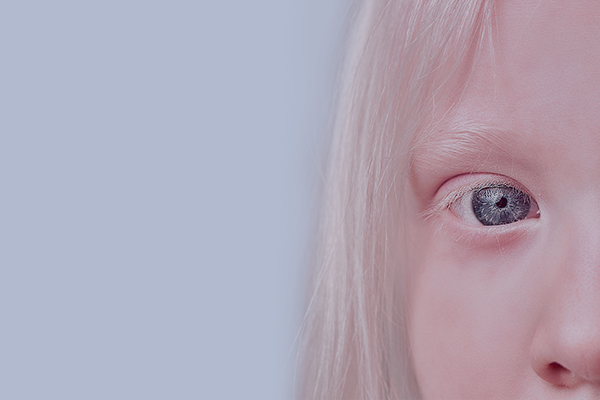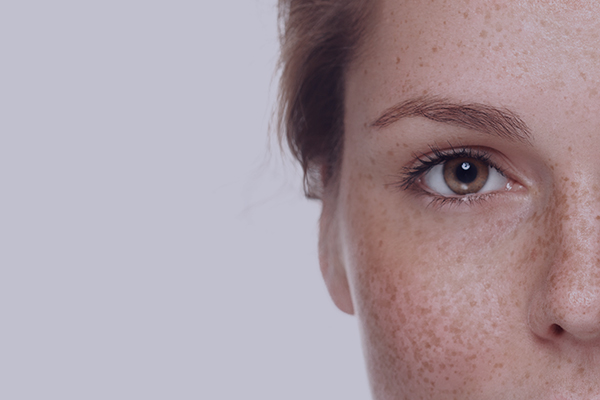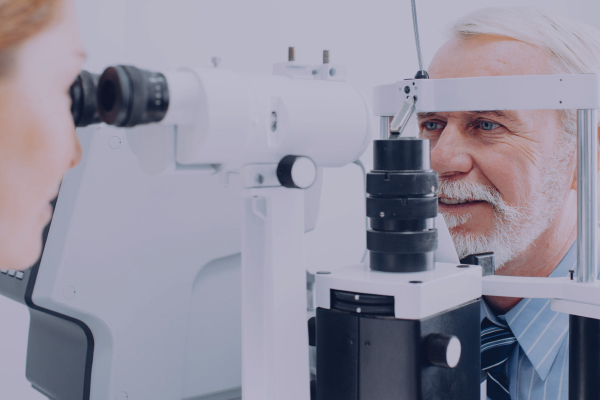Vision improvement in Nystagmus and Keratoconus patients – RCT results
Trial 1:
Prospective Open Label Randomized Controlled Clinical Study Evaluating the Efficacy of Perceptual Learning in Improving Vision among Patients with Congenital Nystagmus
- Department of Ophthalmology, Shamir Medical Center, Zerifin, Israel.
- Faculty of Medicine, Tel Aviv University, Tel Aviv, Israel.
Presented at the 49th AAPOS annual meeting, April 2024
Background: There are limited treatment options to improve vision in patients with congenital nystagmus. We examined the use of repeated visual stimulation with Gabor Patches to achieve that goal.
Methods: In a prospective randomized (3:1) controlled open label study, patients aged 9-55 years with congenital nystagmus and best corrected visual acuity (BCVA) between 20/40–20/200 were included. The treatment group underwent visual stimulation for four months, controls were treated with sham stimuli. BCVA, contrast sensitivity, and stereoacuity were assessed.
Results: 26 patients were treated and 10 served as control. Mean age was 22.47±12 years. 6/26 (23%) of treatment subjects achieved driving license BCVA (20/40) vs 1/10 (10%) of controls. Distance treated BCVA improved by 0.10±0.07 logMAR (one ETDRS line) compared with 0.015±0.09 logMAR in controls (p=0.006). Near BCVA improved by 0.16±0.14 logMAR (1.6 ETDRS lines) compared with 0.05±0.13 logMAR in controls (p=0.040). 88% (8/9) of study patients who had no binocularity prior to treatment achieved binocularity (mean 630’) as opposed to 25% (1/4) of controls (p=0.10). Mean stereoacuity and contrast sensitivity improved by 801±730’ and 292±391% in the study group as opposed to 246±376’ and 152±67% in controls respectively (p=0.031; p=0.157).
Conclusions: Visual perceptual learning using Gabor Patches resulted in a significant improvement in near and distance visual acuity, which allowed 23% of patients to achieve a driving license BCVA. A corresponding improvement in stereopsis was noted, and 88% of patients with no binocularity gained it. Further studies will identify which patients will benefit most from this treatment.
Trial 2:
RCT Results of Perceptual Amblyopia Therapy for Improving Vision & Contrast Sensitivity Functions in Crosslinked Stable Keratoconus
Lional Raj Daniel Raj Ponniah, MD
Dr. Agarwal’s Eye Hospital, India
Presented at the ASCRS annual meeting, April 2024 – https://ascrs.confex.com/ascrs/24am/meetingapp.cgi/Paper/99713
Purpose
To evaluate computer based perceptual visual therapy regime using Gabor patches for improving visual acuity and contrast sensitivity function (CSF) in crosslinked stable keratoconic eyes
Methods
A Prospective, controlled randomized, open label study. Post CXL Keratoconus, stable for over one year, by serial clinical and topographic evaluations, BCVA worse than 20/40 were recruited and randomized in 2:1 ratio into treatment (G1) and control (G2) arms. The study consists of 2 phases, screening period and therapy period. The post therapy effectiveness were evaluated for improvement in Monocular Best Corrected Visual Acuity (BCVA) distance & near (ETDRS VA chart) and CSF in Cycles per Degree (CPD), say CPD -3, CPD-6, CPD-12, CPD-18 on the CSV-1000 E chart one.
Results
30 cases randomised into 2:1. Baseline BCVA was 68.20 (SD-8.11) & 67.40 (SD-7.09) ETDRS characters in G1, and G2 respectively (p=0.793). The mean BCVA of perceptual learning group (G2) improved to 73.30 (SD-7.477) & 79.10 (SD-8.466) post 20 & 40 treatment sessions respectively, improved by over 2.5 equivalent Snellen’s lines, (repeated measure ANOVA p<0.0001). The change in CSF at various spatial frequencies say, 3,6,12 & 18 CPD analysed using Friedman tests showed significant improvements in contrast sensitivity at all spatial frequencies of 3,6,12,18 cpd, of the perceptual learning group (G1), & no improvement in control group (G2)
Conclusion
Sequential, patient specific, perceptual learning program based on visual stimulation improved vision and contrast sensitivity in crosslinked keratoconus with visual deficiencies & acts as a proof of concept of improving neural connections at cortical level. Keratorefractive surgeons could consider this as a post operative therapeutic adjuvant.


